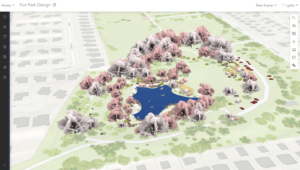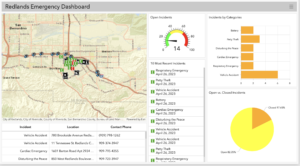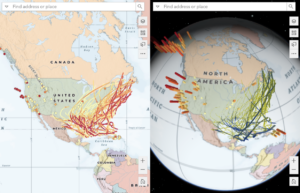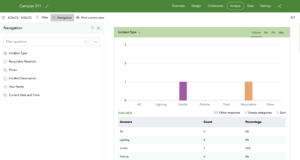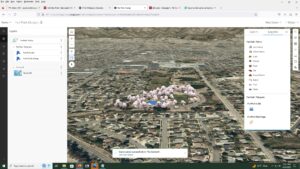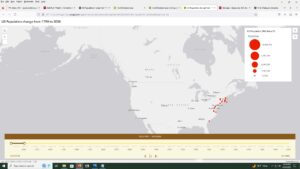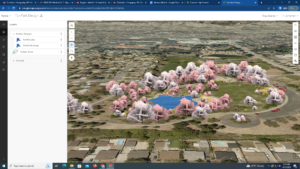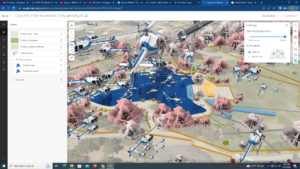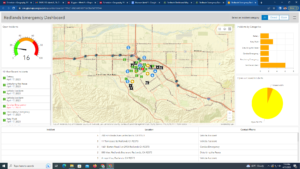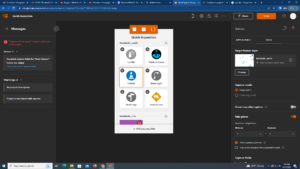For my first application, I chose to make an interactive experience with Instant App. In this application, users can do one of two things: click on a point or click on the legend. When the user clicks on a point, it reveals the address and land use type. When they click on a land use type in the legend, however, the map will highlight any properties that are for that specific land use. This application is very simple, but could be used to help in city planning.
App 2: https://experience.arcgis.com/experience/2940cc7c85cb4f338376b2e7c2ffe35c/
For my second application, I found myself, once again, gravitating towards the address data from the Delaware Data. To make it a little different this time, I used Experience Builder to add a few widgets to the map. In this app, users can still click on a point to see the address and land use, but they can do a few more things. To begin with, they can search for an address and get information that way. They can also see the pie chart widget that I added to see the different proportions of zip codes, which is something that was not really included in my first app.

